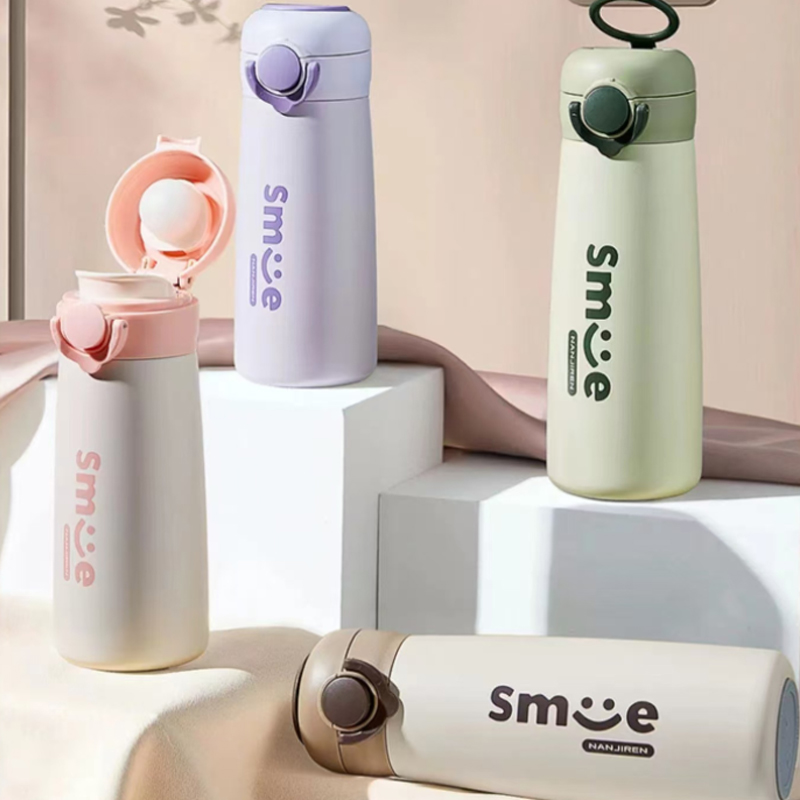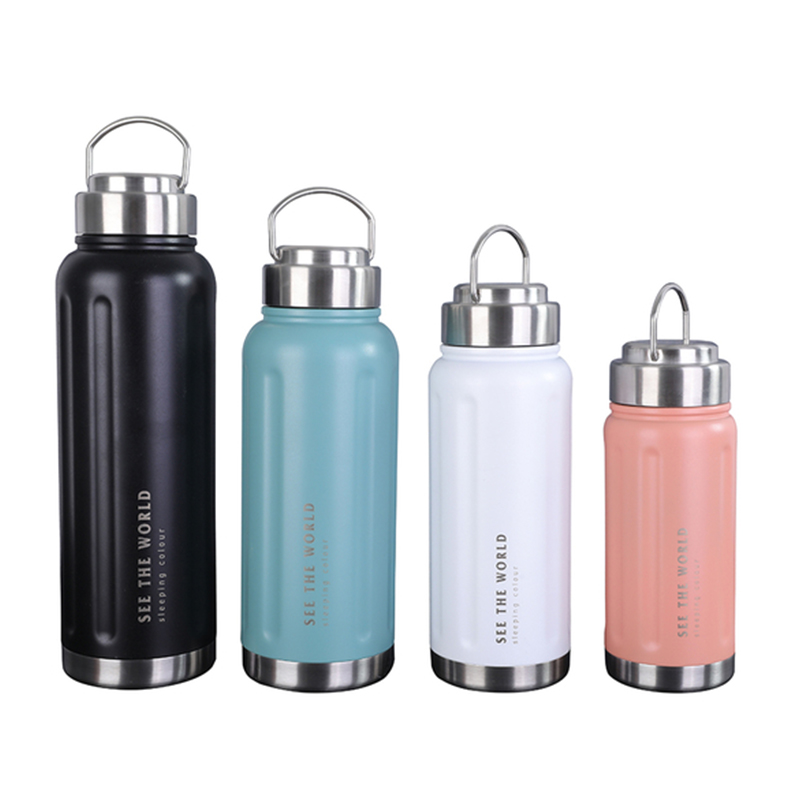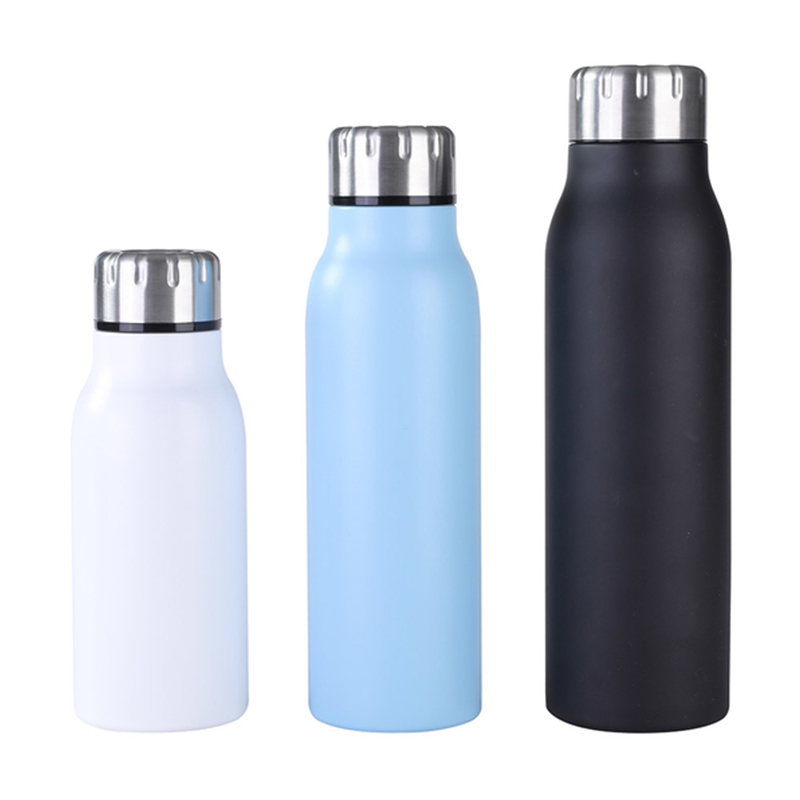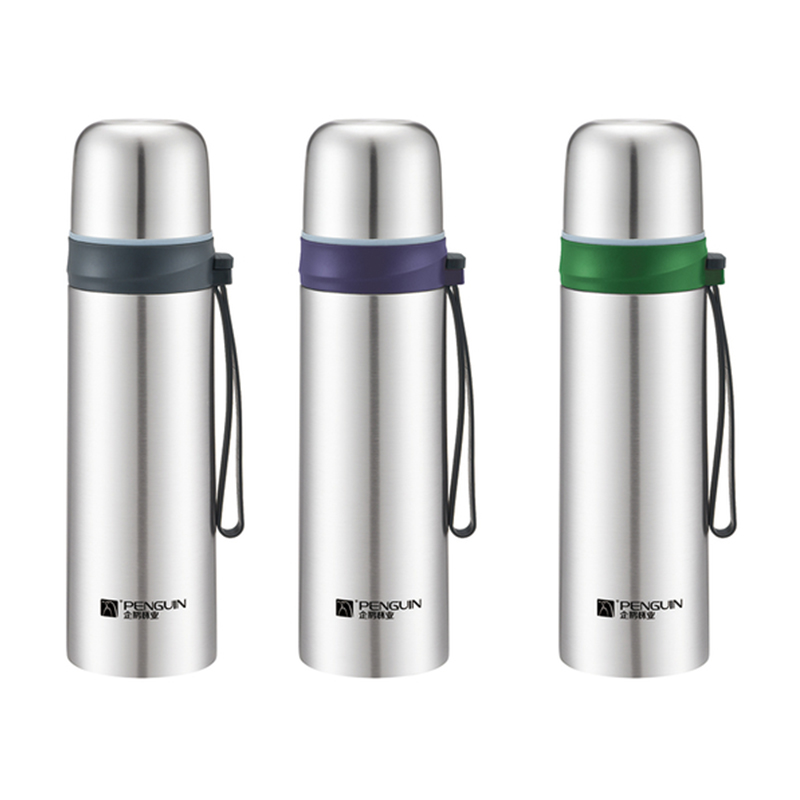Which Water Bottles for Sports Are the good Choice?
2025-11-07
1. Material: Durability and Safety

The material of a sports water bottle factory plays a significant role in its overall durability, safety, and usability during physical activities.
- Plastic Bottles (BPA-Free): Plastic water bottles, especially those made from BPA-free materials such as Tritan or polyethylene, are lightweight, affordable, and commonly used for sports. However, not all plastics are equal in terms of quality. BPA-free plastics are safer as they do not contain harmful chemicals that can leach into the water. Plastic bottles are also less likely to break upon impact compared to glass bottles.
- Stainless Steel Bottles: Stainless steel bottles are known for their durability and resistance to dents or cracks. These bottles are often double-walled and provide better insulation, keeping drinks cold or hot for longer periods. They are also resistant to odors, stains, and corrosion. While they are heavier than plastic, their longevity and sturdiness make them a great choice for athletes who require a bottle that can endure rough handling.
- Glass Bottles: Glass bottles are a non-toxic option that does not retain odors or flavors. However, they are prone to breaking and can be heavier than plastic or stainless steel bottles. Glass is not as practical for high-contact sports or outdoor activities where a bottle may be dropped or exposed to rough environments.
When selecting a water bottle, ensure that the material is safe and suitable for your sport. For example, athletes who engage in outdoor activities like hiking or cycling may prefer the sturdiness of stainless steel, while gym-goers or casual runners may opt for a lightweight BPA-free plastic bottle.
2. Design: Ease of Use and Portability
Design plays a critical role in the ease of use and portability of a sports water bottle. A well-designed bottle can make a significant difference in the convenience of staying hydrated during sports activities.
Straw vs. Wide-Mouth: Sports water bottles with straws or flip-top lids allow for quick sips without needing to unscrew the cap. This is particularly useful during intense workouts or when running, as it allows for easy one-handed use. Some athletes, however, may prefer wide-mouth bottles for easier filling, adding ice, or cleaning. Bottles with a wide-mouth design are often easier to refill at water stations.
Grip and Handle: A bottle with an ergonomic design, such as a textured surface or a handle, makes it easier to carry or grip during activities. For sports that involve running or cycling, a bottle with a built-in handle or loop is highly beneficial for portability. Some bottles also feature detachable straps that allow them to be clipped to bags or gear.
Leak-Proof Features: One of the important considerations is ensuring the bottle is leak-proof. Sports bottles with a secure locking mechanism or twist-to-lock lids reduce the risk of spills while carrying the bottle in a gym bag or backpack.
The design of the bottle should be chosen based on your activity. For example, if you play basketball, a bottle with a built-in handle for easy carry and a straw for quick hydration during breaks would be useful. If you are cycling, a bottle that fits into a bike cage with an easy-access spout would be ideal.
3. Size and Capacity
The size and capacity of a water bottle are key factors in determining how much hydration it can provide during physical activities.
- Smaller Bottles (400-600 ml): Smaller bottles are compact and easy to carry, making them ideal for quick workouts or sports where you are likely to drink smaller amounts frequently. They are also lighter and more convenient for those who don’t want to carry a bulky bottle during training. These are good suited for individuals who engage in sports that don’t require long hydration breaks, such as weightlifting or short-distance running.
- Medium Bottles (700-900 ml): These bottles strike a balance between capacity and portability, offering enough water for longer sessions without being too heavy or cumbersome. For activities such as cycling, hiking, or playing tennis, a medium-sized bottle is often enough to keep athletes hydrated without excessive weight.
- Large Bottles (1 liter or more): Larger bottles are more suitable for endurance sports such as marathon running, football, or long hikes, where hydration needs are greater. However, large bottles can be heavier and more difficult to carry for shorter activities.
Choosing the right bottle size depends on the duration and intensity of your activity. For a marathon, a larger capacity bottle is helpful, while for a short gym session, a smaller bottle may suffice.



 English
English  日本語
日本語  Deutsch
Deutsch 


































